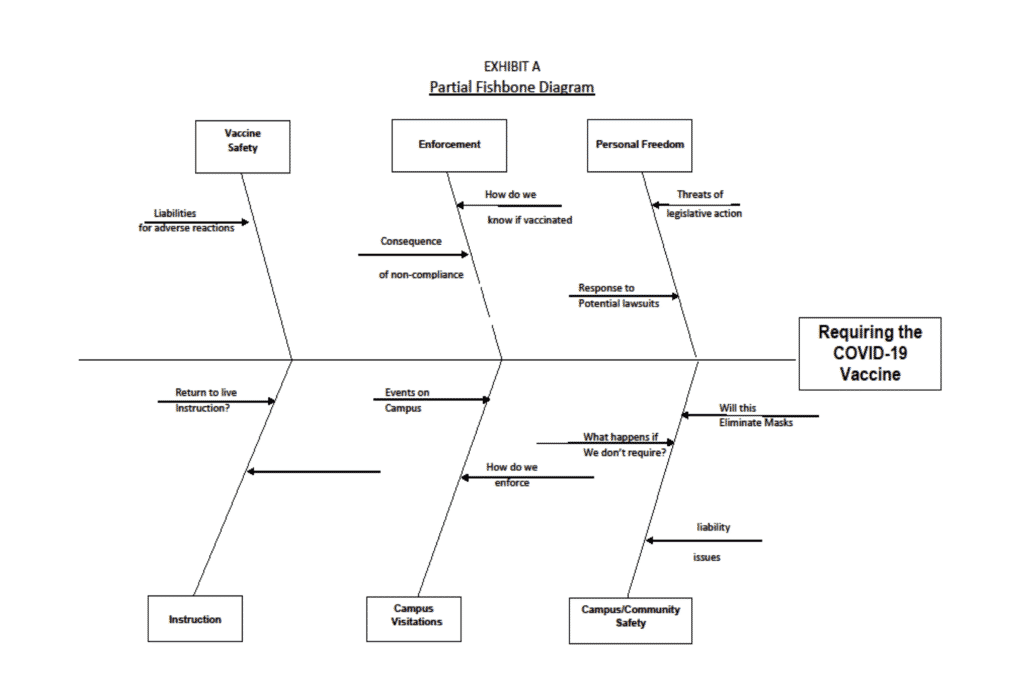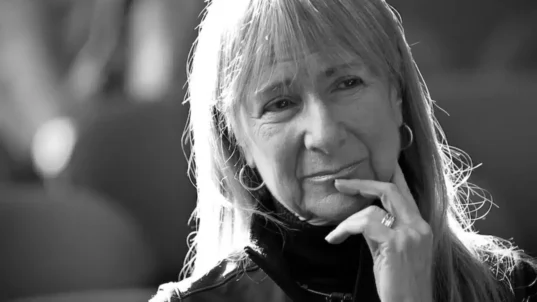
Photo by ThisisEngineering RAEng on Unsplash
The university’s Board of Trustees had a major issue to decide: should the university require the COVID-19 vaccine for all students attending in-person classes? After 15 minutes of discussion, there was no sense of what should be done. The issue was very complex, and the Trustees were struggling with managing many dimensions at once.
The student representative, Cicely Adkins, spoke up, “I’ve been constructing a fishbone diagram of the issues brought up so far. Could I show you?” The Trustees weren’t sure what a fishbone diagram was, but they were willing to go along with anything that could help.
Cicely put the fishbone diagram on a chart. “I learned this in my major,” she said. “Let me continue adding to the chart as we discuss the issue.” The fishbone diagram gradually sorted out and connected the issues in one display.
Once the fishbone diagram was complete, Cicely asked the Trustees to select three issues from the diagram that seemed to be most significant. She added a count of how many times each issue was selected to the diagram.

The results were very revealing. Five issues were overwhelmingly selected as the most critical. All but one focused on the health of the campus community. Another was primarily political. With the fishbone diagram and the results, the decision to require vaccination was an easy one to make.
Cicely sat down to the applause of the Trustees. Within the next 5 minutes, three notes were passed to her essentially saying, “What are your plans when you graduate?”
If you’re interested in using the Fishbone process, check out the Mapping Complexity activity in the Interactivity Foundation’s Collaborative Discussion Toolkit.
* * *
“All that extra information isn’t actually an advantage at all; that, in fact, you need to know very little to find the underlying signature of a complex phenomenon.”– Malcolm Gladwell (Author)
This post is part of our “Think About” education series. These posts are based on composites of real-world experiences, with some details changed for the sake of anonymity. New posts appear Wednesday afternoons.


